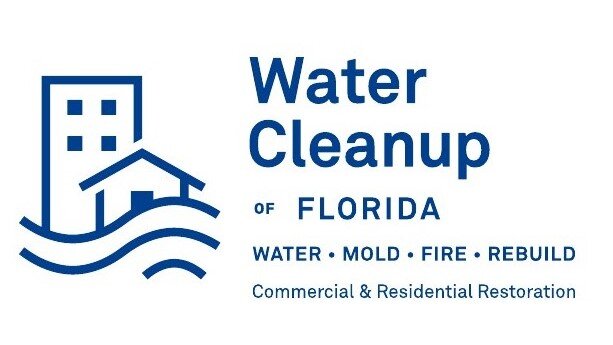After the Storm: What Heavy Rain Really Does to South Florida Homes
South Florida is no stranger to intense downpours. From sudden summer thunderstorms to days-long tropical rain events, heavy rain is simply part of life here. But what many homeowners don’t realize is that the real damage often shows up after the skies clear.
If you’ve recently experienced several days of heavy rain, you might be noticing something unusual inside your home. It could be a discolored spot on the ceiling or wall, tiles that suddenly feel loose underfoot, or swelling along your baseboards. These are all signs that water made its way into places it shouldn't—and it’s trying to tell you something.
Here’s What to Look Out For in the Days After Heavy Rain:
1. Ceiling and Wall Stains
Those brownish or yellowish spots on your ceiling or walls are usually the first visible indicators of water intrusion. They might seem small at first, but they’re often just the tip of the iceberg. Moisture can travel through insulation and drywall before finally showing up as a stain, which means the water may have been there for days before you noticed.
2. Tiles Popping or Lifting
If your flooring starts to shift, bubble, or sound hollow after a storm, it’s a red flag. Water can seep underneath tile floors—especially if there's a slab crack or faulty grout—compromising the adhesive and causing tiles to come loose. This is especially common in ground-level homes or older properties where waterproofing wasn't a top priority during construction.
3. Peeling Paint or Bubbling Walls
Moisture trapped behind walls can cause paint to bubble, peel, or flake off. If your interior walls suddenly feel soft or look distorted, it's time to investigate.
4. Musty Odors
Even if you can’t see visible damage, a musty or damp smell is often a clue that water has intruded and mold may be forming behind the scenes. Florida’s humidity only makes matters worse, encouraging mold growth within 24–48 hours if not addressed properly.
Why It Happens
In South Florida, our water tables are high, and many homes sit on concrete slabs with limited drainage systems. During a heavy rain event, water can easily find its way into cracks in the foundation, roof leaks, or improperly sealed windows and doors. Once inside, the damage doesn’t stop just because the rain does.
What to Do If You Notice These Signs
If you suspect your home has suffered water damage after a storm:
Don’t ignore it. Water damage only gets worse (and more expensive) over time.
Take pictures. Document any visible damage immediately for insurance purposes.
Call a professional. A water damage specialist can assess the full extent of the intrusion, dry out affected areas, and help prevent mold growth.
At Water Cleanup of Florida, we specialize in identifying hidden water damage, safely drying your home, and restoring your peace of mind. If you’ve noticed tile popping, stains, or any other unusual changes in your home after recent heavy rains, don’t wait—get in touch for a free moisture inspection.
South Florida’s weather is unpredictable—your home’s protection shouldn’t be.

